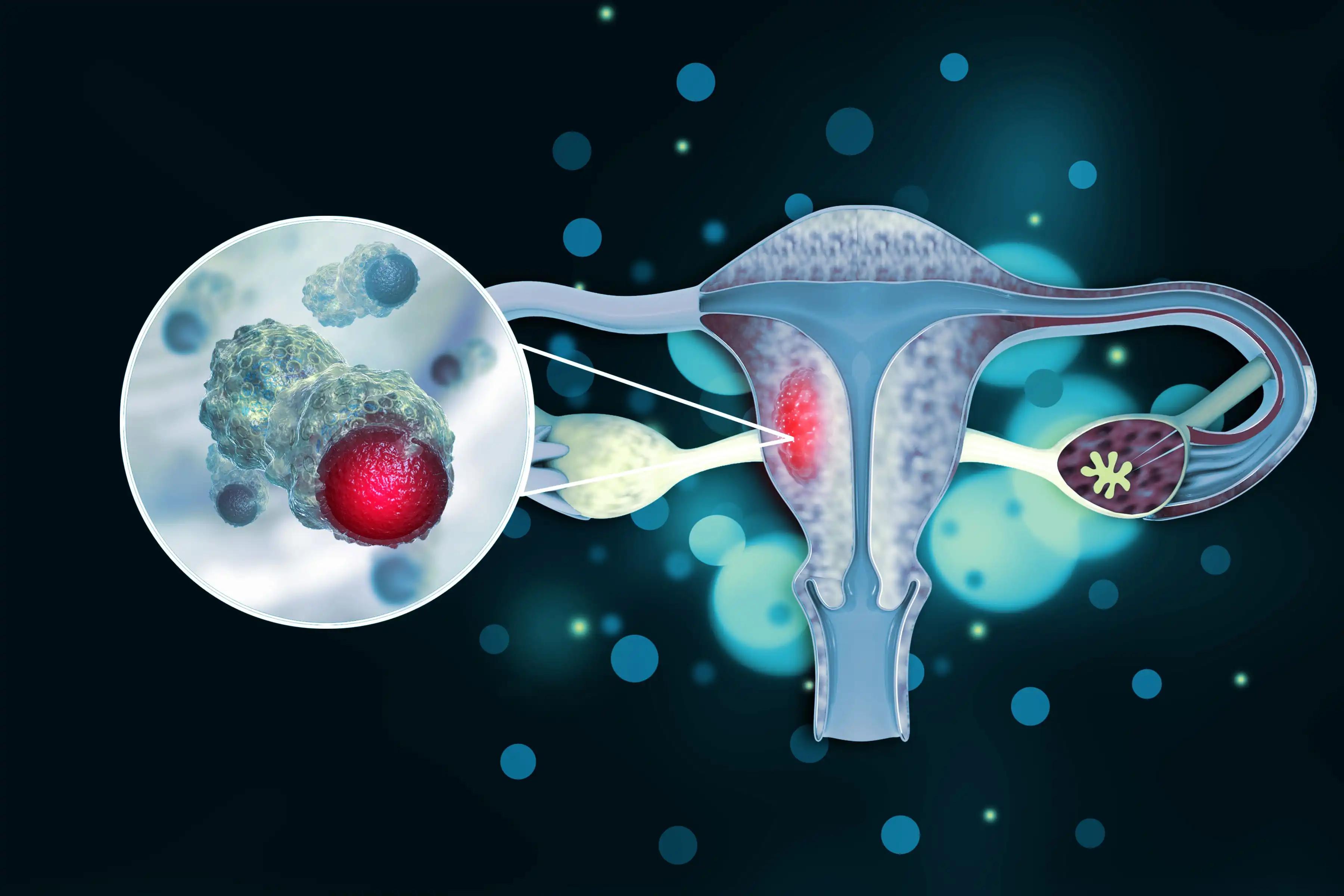KEY TAKEAWAYS
- The study aimed to investigate the correlation between p16/Ki67 IS and PAX1/ZNF582 methylation in cervical lesions among HR-HPV-positive women.
- Researchers found significant heterogeneity in CIN lesions, highlighting the potential for improved personalized management strategies.
The study focused on the association between the risk of cervical cancer progression and cervical lesion severity and molecular heterogeneity in high-risk human papillomavirus (HR-HPV)-positive women.
Classification systems utilizing cumulative scores of p16 and Ki67 expression (0-3 each), known collectively as the p16/Ki67 immunoscore (IS), provide an accurate and reproducible method for grading cervical intraepithelial neoplasia (CIN) lesions. Additionally, DNA methylation represents an early event in cervical cancer development.
Haijun Luo and the team aimed to investigate the relationship between CIN, p16/Ki67 IS, and PAX1/ZNF582 methylation.
They performed an inclusive analysis by collecting 414 HPV-positive paraffin-embedded specimens, determining PAX1/ZNF582 methylation and p16/Ki67 immunoscores. After excluding 43 invalid samples, a total of 371 specimens were included in the statistical analyses, which comprised 103 cervicitis, 95 CIN1, 71 CIN2, 89 CIN3, and 13 squamous cell carcinoma (SCC) cases. The association between PAX1/ZNF582 methylation and p16/Ki67 immunohistochemical staining scores was then analyzed among the patients.
The ΔCp of PAX1m (PAX1 methylation) and ZNF582m (ZNF582 methylation) decreased with cervical lesion severity (Cuzick trend test, all P < 0.001). The severity of cervical lesions and p16, Ki67, and p16/Ki67 IS exhibited an increasing trend (Multinomial Cochran-Armitage trend test, all P < 0.001).
The prevalence of PAX1m/ZNF582m rose with an increase in the IS of p16, Ki67, and p16/Ki67 (Cochran-Armitage trend test, all P < 0.001). In cervical SCC, the IS was 5-6, and the PAX1m/ZNF582m was positive. Additionally, heterogeneity was noted in CIN lesions: 10 cases presented an IS of 3-4 and were PAX1m/ZNF582m-positive in ≤ CIN1, while 1 case had an IS of 0-2 and was PAX1m/ZNF582m-positive in CIN2/3.
The study concluded that significant heterogeneity was observed in CIN lesions regarding p16 and Ki67 immunohistochemical staining scores and PAX1/ZNF582 methylation. This finding may assist clinicians in personalizing the management of CIN based on the predicted short-term risk of cancer progression, ultimately minimizing the rate of missed CIN1 diagnoses and preventing incorrect treatment of CIN2/3.
This study was funded by the Changsha Municipal Natural Science Foundation.
Source: https://pubmed.ncbi.nlm.nih.gov/39304838/
Luo H, Lian Y, Tao H, et al. (2024). “Relationship between p16/ki67 immunoscores and PAX1/ZNF582 methylation status in precancerous and cancerous cervical lesions in high-risk HPV-positive women.” BMC Cancer. 2024;24(1):1171. Published 2024 Sep 20. doi:10.1186/s12885-024-12920-4



